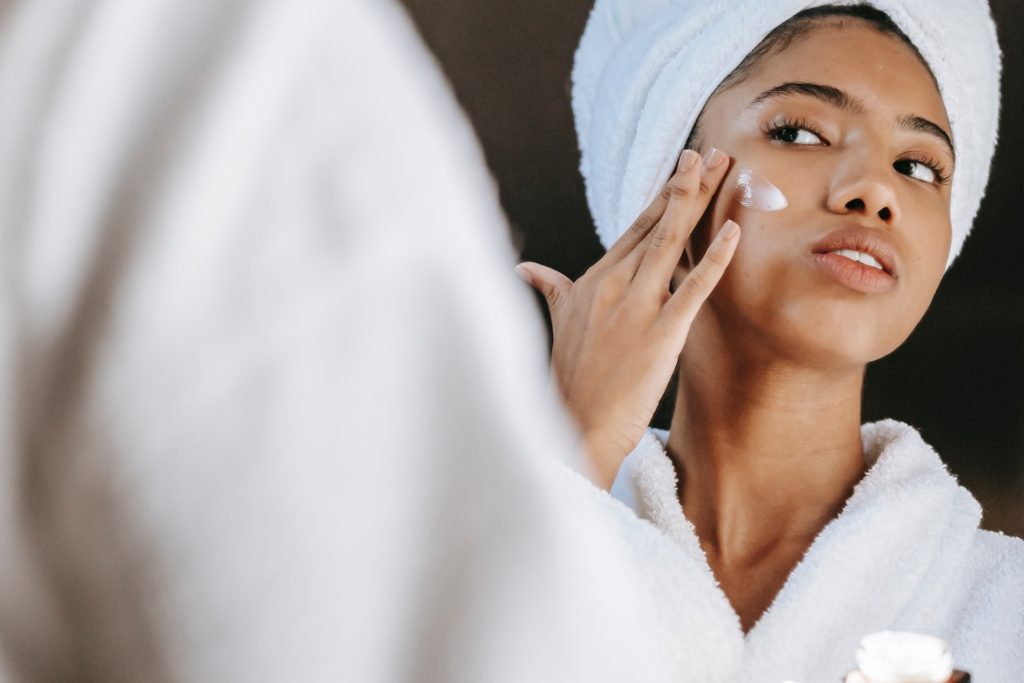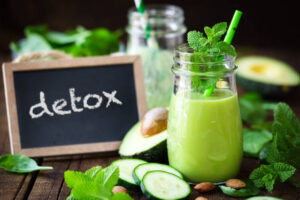Personal care products impact the environment, despite being a necessary component of our everyday lives. We must carefully choose the brands we use.
Increasingly, consumers are concerned about the environment and ethical issues. Pew Research reports that 64% of Americans believe reducing the impact of climate change is a top priority.
The beauty industry also shares this concern. A study of 20,000 women aged 15-70 found that 60% prioritize sustainability in their beauty product purchases. Sustainable beauty is the future.
What is Sustainable Beauty?
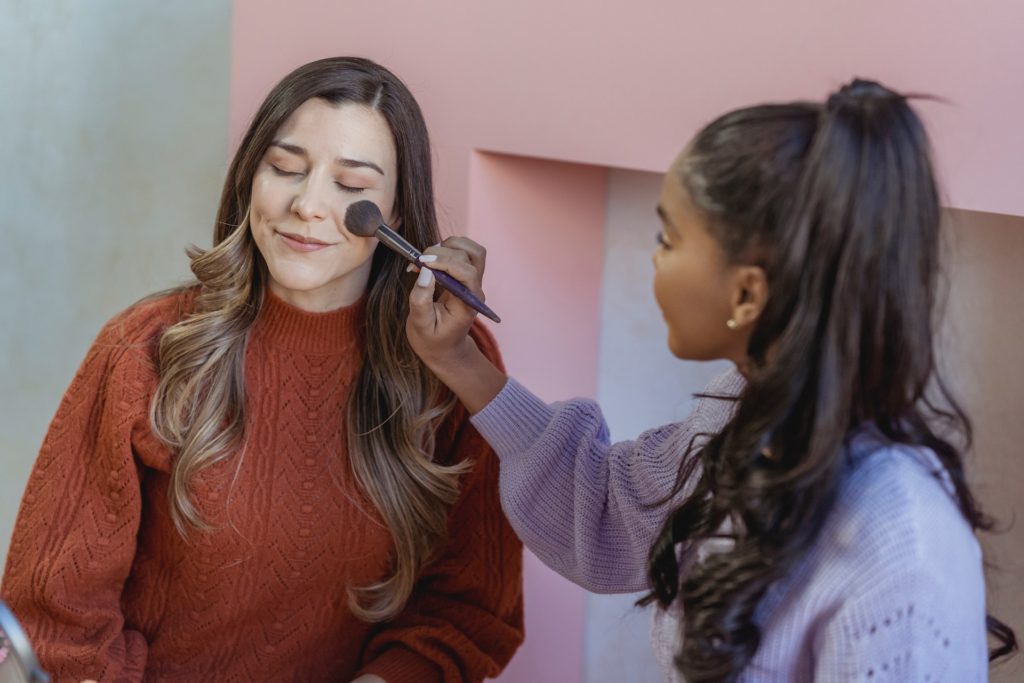
Sustainability in business refers to balancing environmental needs with company needs in a long-term manner. In sustainable practices, we conserve natural resources as a result of their limited availability.
In the beauty industry, the same is true. It is not just the product that matters to customers, but also the process that ensures sustainability and zero-waste living.
To support the health and well-being of people and the planet, environmental sustainability involves conserving natural resources and protecting global ecosystems.
The forward-looking nature of environmental sustainability is necessary since many decisions that affect the environment do not have immediate effects.
According to the U.S. Environmental Protection Agency, sustainability means “meeting the needs of our current generation without compromising the needs of future generations.”
Why Conventional Personal Care Products Hurt the Environment?
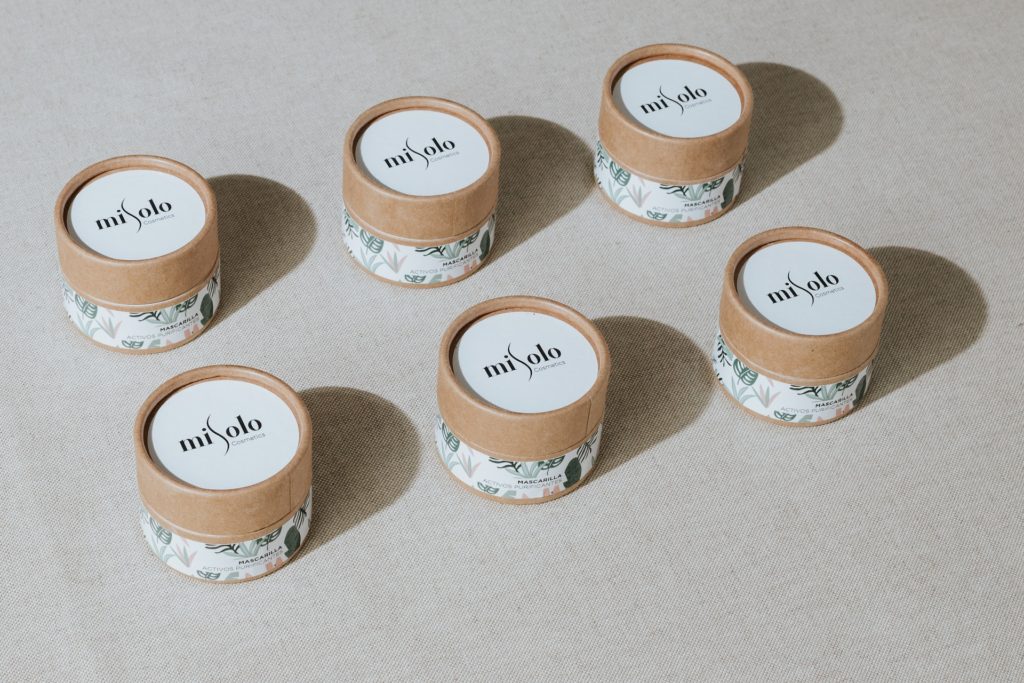
The major reason is that they are made with toxic substances and create unnecessary packaging waste.
Despite these hazards, there is an increasing trend toward eco-awareness and sustainable living. This trend has enabled a shift towards eco-friendly personal care products.
More people are discovering ways to lessen their environmental impact while still engaging in their self-care routines by buying personal care items that are environmentally friendly.
Sustainable Beauty: Recognizing the Problem
Conventional personal care products frequently contain parabens, phthalates, sulfates, and artificial fragrances. These compounds may be harmful to the environment and our health.
These materials enter wastewater systems after being rinsed off our bodies, causing water pollution and environmental disturbance.
You can appreciate the significance of switching to sustainable alternatives by being aware of the drawbacks of traditional personal care products.
Eco-friendly products give priority to natural, biodegradable, and ecologically beneficial elements. They are essential components of a sustainable lifestyle since they attempt to reduce harm to health and the environment.
What to Look for in Eco-Friendly Personal Care Products
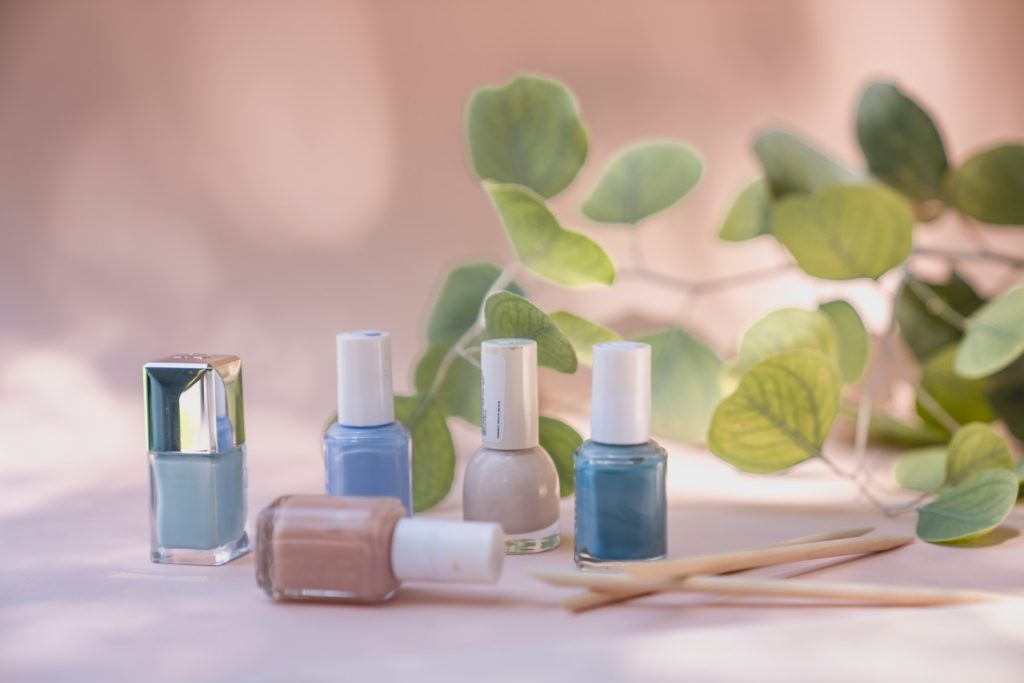
In most bathrooms, you will find cosmetics and personal care items from luxurious sustainable beauty brands. On the other hand, conventional cosmetics often contain harmful ingredients.
Cosmetics are tested on animals, and lots of plastic bottles and make-up removal pads are discarded after use. Sustainable alternatives exist!
Below are some of the things to look for in a sustainable beauty product.
1. Packaging and waste reduction
Look for items that employ recyclable, biodegradable, or compostable materials or place a priority on minimum packaging.
When feasible, avoid unnecessary plastic packaging and use reusable or refillable options. Think about companies that support recycling campaigns or packaging take-back efforts.
2. Certifications and ingredients
Look at the ingredient lists of personal care products and give natural, organic, and plant-based goods priority because they will likely be sustainable beauty products.
Seek out certifications from organizations like the USDA, COSMOS, or Ecocert, which guarantee that the goods adhere to rigid criteria for sustainability and ingredient sourcing.
3. Vegan and cruelty-free products
Encourage companies that don’t test their goods on animals and are animal cruelty-free. Search for certificates such as the Leaping Bunny or the PETA cruelty-free seal.
Choose eco-friendly beauty items that don’t include any substances sourced from animals to lessen your effect on the environment and animals.
4. Sustainable manufacturing and sourcing practices
Look into the brand’s sourcing processes to see if ethical and sustainable practices are given priority. For fair salaries and secure working conditions for farmers and employees, look for Fair Trade certificates.
Purchase sustainable beauty products from companies that save water, employ renewable energy sources and reduce their carbon impact during production.
5. Assess the lifespan of the product
Analyze the complete lifespan of the product, from sourcing to disposal. Select eco-friendly goods that produce less waste at all stages of their lifecycles—manufacturing, shipping, and disposal.
Look for companies that emphasize environmentally friendly production techniques and advice on safe disposal or recycling.
6. Consider your personal needs
When selecting environmentally friendly beauty goods, consider your unique personal care requirements.
Think about your skin type, hair type, and any particular issues or sensitivities. To meet your demands and preserve the environment, look for sustainable beauty items.
You may choose eco-friendly personal care items that fit your sustainability objectives and beliefs.
7. Look for components that are organic and natural
Give natural, organic, and plant-based goods a priority. Products with harsh chemicals, artificial perfumes, parabens, sulfates, or phthalates should be avoided.
Pay close attention to ingredient labels and get knowledgeable about environmentally friendly ingredients.
8. Encourage small, neighborhood businesses
Think about buying personal care items from regional or small companies. These businesses frequently place a high priority on sustainability and lower their carbon footprint by using less transportation.
It also promotes a feeling of community and strengthens the local economy to support neighborhood businesses.
9. Check out reviews and ask for referrals
Investigate eco-friendly personal care products and read reviews from reputable sources.
Ask for ideas from those who have already switched to eco-friendly options in your circle of friends, family, or online forums.
Your decision-making process might be guided by their experiences and insights on sustainable beauty cosmetic products.
10. Think about price and worth
Although the cost of eco-friendly beauty items might occasionally be greater, think about the long-term worth and advantages they offer.
Pay attention to the product’s durability, efficacy, and quality. Consider whether the product’s environmental and ethical features make up for the increased price.
You may choose ethical beauty care items that support your sustainability objectives and promote a greener lifestyle by making educated decisions based on packaging, ingredients, certifications, local companies, and reviews.
Ingredients to Avoid
It is essential to learn about the ingredients in personal care products that are damaging to the environment before purchasing them.
Animals and plants will suffer damage when chemicals such as parabens, phthalates, and triclosan are introduced to the environment.
Transitioning to Eco-friendly Personal Care Products
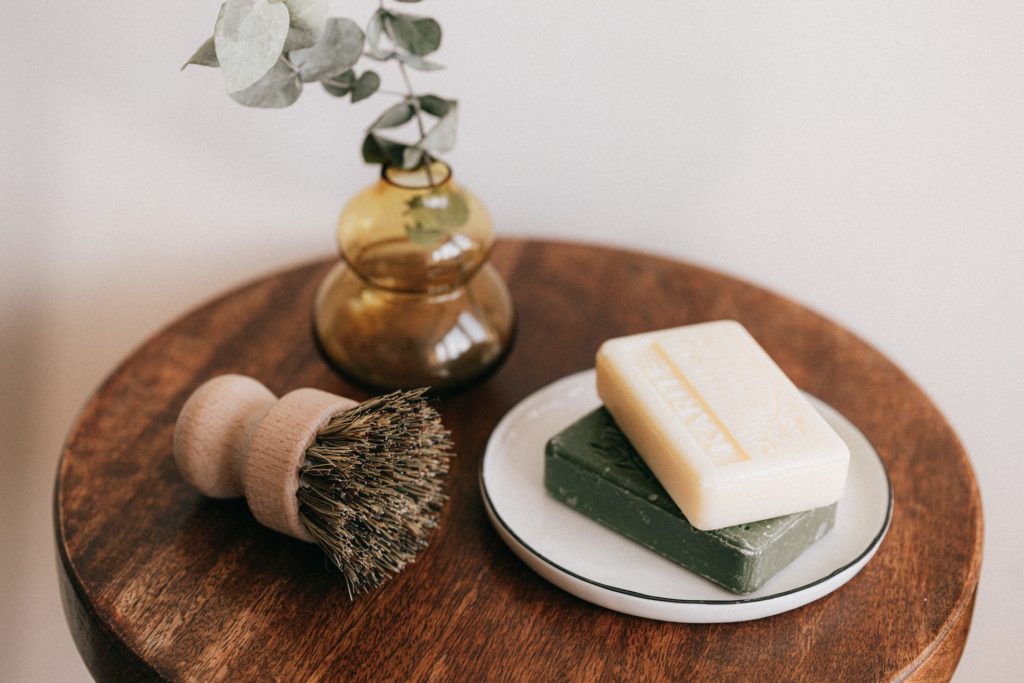
1. Gradual replacement of conventional products with eco-friendly alternatives
Transitioning to eco-friendly personal care products doesn’t have to happen overnight. Start by replacing one product at a time as you run out or finish using your current items.
This gradual approach allows you to research and find suitable eco-friendly alternatives that meet your needs.
2. Understand the adjustment period for your body and hair
Keep in mind that switching to eco-friendly beauty products may require an adjustment period for your body and hair.
Your skin and hair may need time to adapt to the new ingredients and formulations. Be patient and give your body time to adjust to the changes.
3. Seek recommendations and reviews from others who have made the switch
Reach out to friends, family, or online communities who have already transitioned to eco-friendly personal care products. Ask for their recommendations, experiences, and insights.
Their knowledge and firsthand experiences can guide you in finding the right products for your needs.
4. Pay attention to product performance and effectiveness
When trying out eco-friendly alternatives, pay attention to their performance and effectiveness.
It’s important to find products that not only align with your sustainability goals but also work well for you.
Everyone’s preferences and needs are different, so experiment with different brands and formulations to find what works best for you.
5. Explore local and independent eco-friendly beauty brands
Support local and independent eco-friendly personal care brands. These businesses often prioritize sustainability, quality ingredients, and ethical practices.
By choosing eco-friendly beauty products, you not only contribute to a more sustainable economy but also have the opportunity to discover unique and innovative offerings.
6. Share your journey and encourage others
Share your transition to eco-friendly personal care products with others. Discuss your experiences, your favorite brands, and the positive impacts you’ve noticed. Encourage friends, family, and colleagues to make similar changes.
By spreading awareness and knowledge, you can inspire others to join you on the path to a more sustainable beauty lifestyle.
Transitioning to eco-friendly beauty and personal care products is a journey that requires patience, research, and experimentation.
By gradually replacing conventional products, seeking recommendations, and paying attention to performance, you can find eco-friendly alternatives that suit your needs and contribute to a more sustainable lifestyle.
Research on Sustainable Beauty
Be sure to research skincare brands carefully to ensure they are ethical and sustainable.
Focus on the following research areas:
- Principles: Who are they and what drives them?
- Morality: In addition to skin health and the environment, are they concerned about the ethical sourcing of ingredients?
- Promotional campaigns: What is their product message? How convincing is it? Is it greenwashing?
- Certifications: What associations do they belong to, such as the Soil Association, Leaping Bunny, or NaTrue?
- Welfare of animals: Do they have cruelty-free and vegan certification? Do they use animal-free ingredients? (You can find more information on Cruelty-Free Kitty)
- Spending patterns: Do they support any charities or organizations that help make the world a better place?
- Honesty: In terms of ingredient sourcing and worker treatment, are they transparent?
- Range of products: What is the number of products they release each year? How much do they ask for and do they want you to buy the latest products?
Conclusion
The personal care products we use daily have far-reaching consequences for our planet, from the ingredients they contain to the waste they generate.
By choosing eco-friendly beauty alternatives, we can significantly reduce our environmental footprint and contribute to a more sustainable world.
Transitioning to sustainable beauty personal care products may come with its challenges, but the benefits are worth the effort.
By understanding the harmful ingredients in conventional products, exploring the environmental consequences, and researching sustainable alternatives, we can make informed choices that align with our values.
Remember that transitioning to eco-friendly beauty care products is a journey, and it’s okay to take it one step at a time.
Together, let’s embrace sustainable personal care products and create a world where self-care and environmental care go hand in hand.

